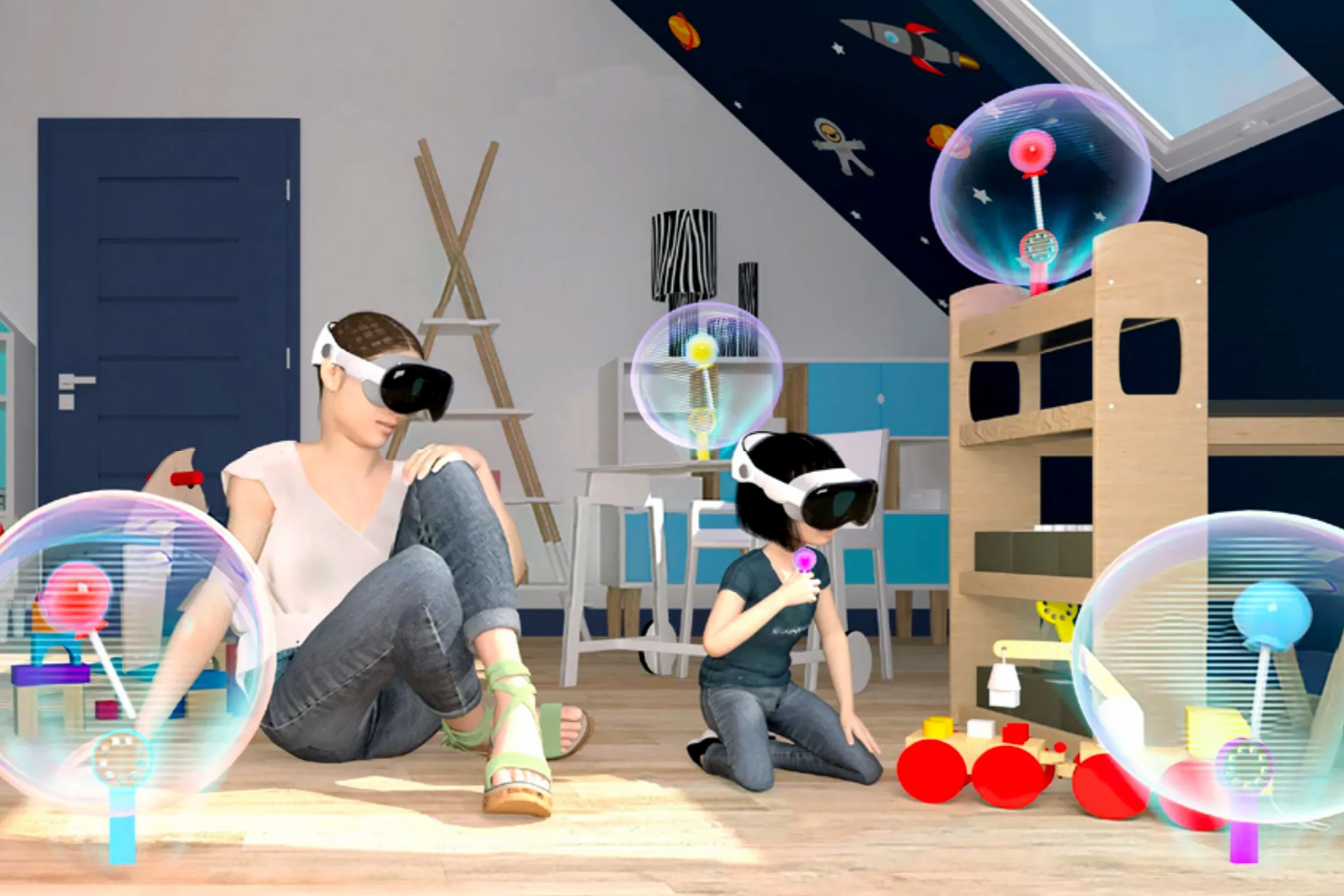Electric lollipop brings taste to virtual reality
VR ‘gustation interface’ lets you taste a grapefruit while in the metaverse

Your support helps us to tell the story
From reproductive rights to climate change to Big Tech, The Independent is on the ground when the story is developing. Whether it's investigating the financials of Elon Musk's pro-Trump PAC or producing our latest documentary, 'The A Word', which shines a light on the American women fighting for reproductive rights, we know how important it is to parse out the facts from the messaging.
At such a critical moment in US history, we need reporters on the ground. Your donation allows us to keep sending journalists to speak to both sides of the story.
The Independent is trusted by Americans across the entire political spectrum. And unlike many other quality news outlets, we choose not to lock Americans out of our reporting and analysis with paywalls. We believe quality journalism should be available to everyone, paid for by those who can afford it.
Your support makes all the difference.Researchers have built a lollipop-shaped device that brings the sense of taste to virtual reality.
The VR mouthpiece, developed by a team from the City University of Hong Kong, can deliver different flavours by stimulating a user’s taste buds.
The researchers describe it as a “portable lollipop-shaped gustation interface” that can be used within VR applications for “adjustable taste” experiences.
“Alongside visual, auditory, haptic, and olfactory sensations, taste significantly influences both the physiological and psychological aspects of human experience, however, the research in the development of taste-generating technologies in VR applications is still in its infancy,” the researchers wrote in a study detailing the technology.
“We report a set of intelligent and portable lollipop-shaped taste interfacing systems covering from two to nine different taste options for establishing an adjustable taste platform in virtual reality (VR), augmented reality (AR), and mixed reality (MR) environments.”
The lollipop features various taste generators that can produce nine different flavours – sugar, salt, citric acid, cherry, passion fruit, green tea, milk, durian and grapefruit.

Each of these flavours are delivered through food-grade chemicals that are embedded within tiny gel pockets on the surface of the device.
When these gel pockets are stimulated by an electrical current, the chemicals within them rise to the surface and mix with the tongue’s saliva to produce the flavour.
The flavour intensity can then be increased or decreased by altering the voltage to the gel pockets.
The creators of the VR lollipop say that potential applications include remote shopping, human-machine interfaces and entertainment.
The study, titled ‘Miniaturised, portable gustation interfaces for VR/AR/MR’, was published this week in the Proceedings of the National Academy of Sciences (PNAS) journal.
Taste-stimulating technology has previously been developed for use in cups and cutlery, though these have primarily focussed on restoring taste to those who have lost it as a result of old age or through cancer treatments.
Join our commenting forum
Join thought-provoking conversations, follow other Independent readers and see their replies
Comments